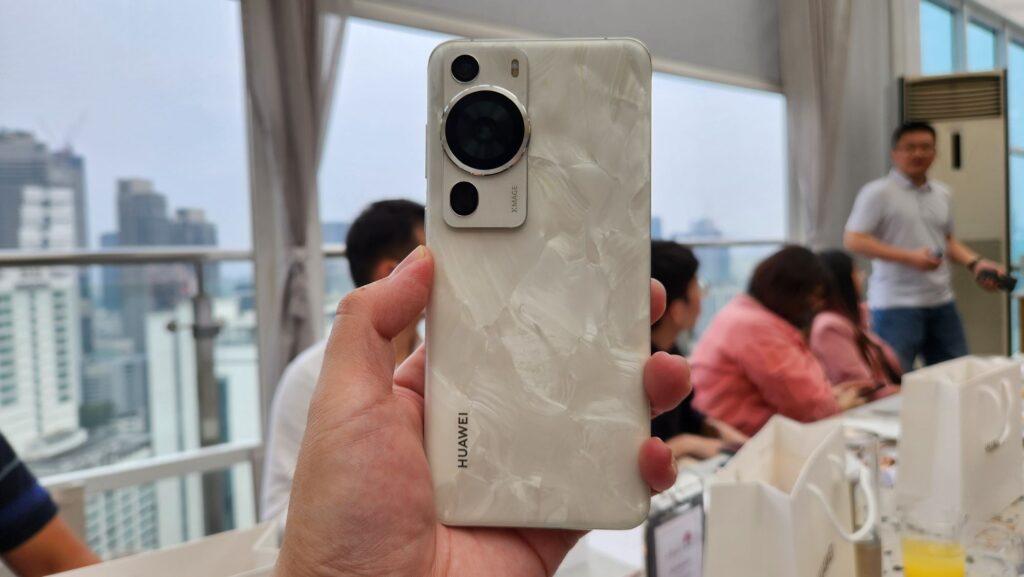
Huawei P60 Pro Review – Powerful Pearlescent Performer – Is this Huawei’s best phone yet?
Huawei still has a hand in the game and their latest line-up of flagship phones spearheaded by the P60 series made their China debut several weeks ago with an impending Malaysia launch slated in the near future. We managed to get our hands on a retail sample of their latest flagship phone and put it through its paces – here’s our Huawei P60 Pro review where we see if their latest wunderkind flagship is up to snuff!
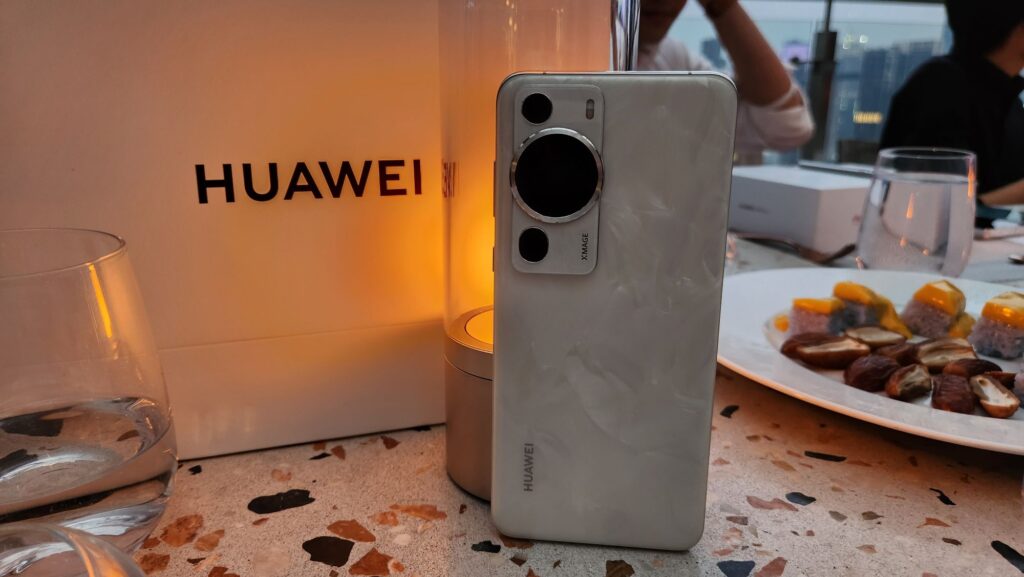
Huawei P60 Pro review – What’s the difference between the P60 Pro and P50 Pro?
Table of Contents
From a design perspective, the new Huawei P60 Pro has more refined aesthetics and improvements across the board compared to its predecessor the P50 Pro. It’s slightly larger and wider to accommodate the larger 6.67-inch LTPO OLED display but is surprisingly slimmer by 0.5mm, standing at a svelte 8.3mm thin while being a bit 5g heavier at 200g. It’s not just a size upgrade as the screen is a higher quality LTPO OLED display that’s also protected by Huawei’s own in-house Kunlun Glass that’s resistant to drops and nicks.
The rear backplate of the P60 Pro has also seen a redesign with a new Rococo Pearl finish that we’ll get into shortly and a rather unusual camera housing design that resembles a mugshot of an abstract koala along with a different, slightly more powerful camera setup.
Under the hood, the phone has the obligatory processor updates and it even manages to get a slightly larger battery and faster charging too. It’s also able to support satellite messaging though this feature isn’t available in Malaysia at the time of writing.
Huawei P60 Pro review – Build and Design
Our Huawei P60 Pro review sample came bundled with a soft TPU casing, a bundled 88W SuperCharge fast charger, a USB-C cable, a SIM eject pin as well as the usual warranty paperwork. In a day and age where bundled chargers and free casings are rarer than hen’s teeth, it’s a welcome bonus indeed.
Huawei has also preapplied a screen protector to P60 Pro’s display though it’s somewhat superfluous as the display is protected by their inhouse Kunlun Glass which we’ve seen shrug off face-down impacts to solid concrete when it was first deployed in last year’s Mate50 Pro.
The backplate of our Huawei P60 Pro review sample in Rococo Pearl looks like it was cut from a single slab of pearl and looks distinctive and lustrous in equal measure.
While a slew of contenders with ostensibly posh colourways are appearing in the market, the P60 Pro in Rococo Pearl is arguably the most premium design of all as the unique nature of its manufacture means that no two phones are alike with each one featuring a unique pattern of striations and whorls across its back that mimic the nature of true mother of pearl.
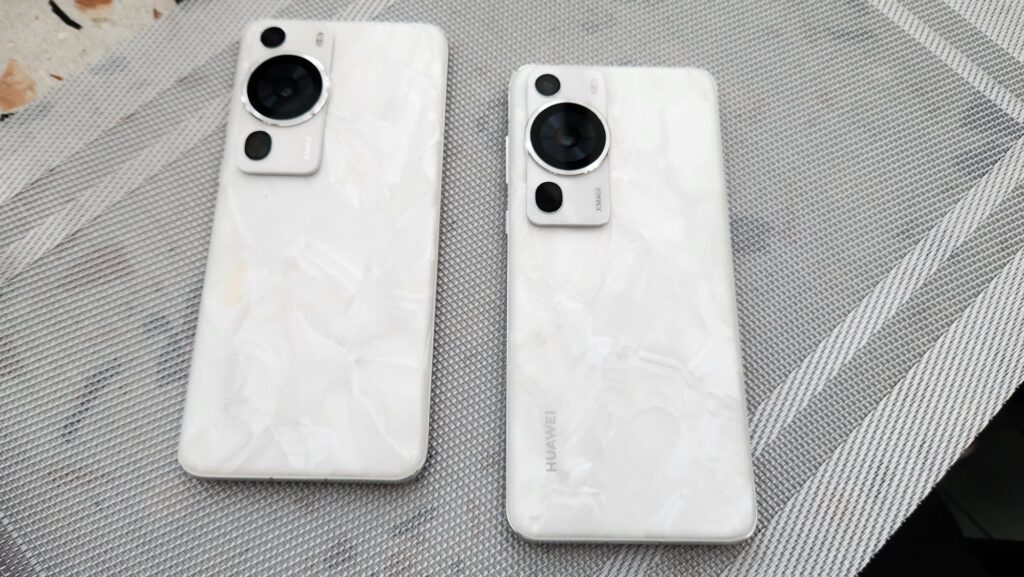
Huawei P60 Pro Review – No two examples of the phone with the Rococo Pearl colourway are alike as each sports a random nacreous finish that looks exceptionally premium
The camera housing for the rear triple camera setup looks surprisingly like a profile mugshot of a koala bear with the main 48MP variable aperture camera as its nose and the secondary 13MP ultra wide angle and 48MP telephoto cameras as its ‘eyes’. On top of looking luxurious, the Rococo Pearl finish also shrugs off fingerprints wonderfully and is thus far the only colourway of its kind available in the market.
The base of the phone features a USB-C 3.1 port for charging, a grille for one of the two speakers that form a stereo pair as well as a dual nano SIM card slot. The right side of the P60 Pro features a volume rocker and power button while the left is unadorned. The top features grilles for a speaker that form a stereo pair with the one at the base of the phone and an earpiece.
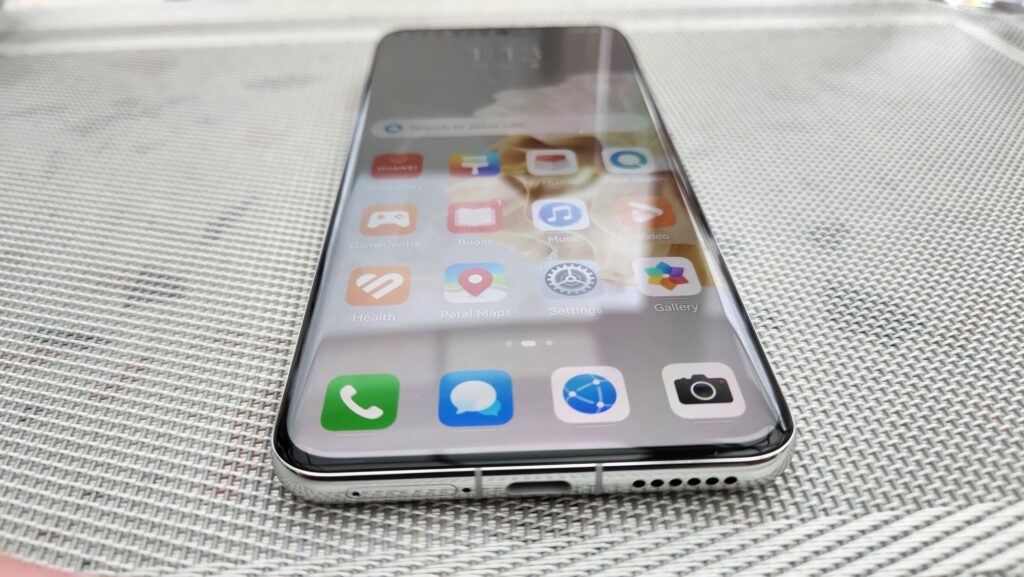
Up front is a 6.67-inch LTPO OLED display that has curved edges on all sides, lending it a more premium look. A tiny punch hole up top hosts a single 13MP selfie camera along with a tiny while the bottom quadrant features an in-display fingerprint reader. Biometrics have been improved this time around and on top of fingerprint identification, the phone is able to recognise your mug even when wearing a mask to unlock the phone.

On its own merits, the new P60 Pro especially in Rococo Pearl is a visually distinctive design with the heft, materials and tactility worthy of a flagship phone. Out of the flagship phones tested in recent memory, the P60 Pro arguably has the most premium finish of them all.
The addition of a free charger and case to go with it adds quite a bit of value to the phone though at the time of writing, Huawei hasn’t yet stated how much the design costs in Malaysia. On a side note, the design is also rated for IP68 dust and water resistance too which puts it on par with other flagship phones.
Huawei P60 Pro Review – Specifications and Performance
Under the hood, the Huawei P60 Pro does have a somewhat unusual mix of hardware due to prevailing circumstances around the brand. The phone is built around a Snapdragon 8+ Gen 1 processor with a 4G modem running their own EMUI 13.1 firmware paired with 8GB RAM and 256GB of non-expandable storage.
Flagship phones for 2023 primarily use a Snapdragon 8 Gen 2 processor meaning that the chipset used in the P60 Pro is slightly dated. A side by side comparison between the older Snapdragon 8+ Gen 1 and Snapdragon 8 Gen 2 reveals a slight gap in performance with the latter edging out in synthetic benchmarks though this isn’t readily apparent in day to day performance.
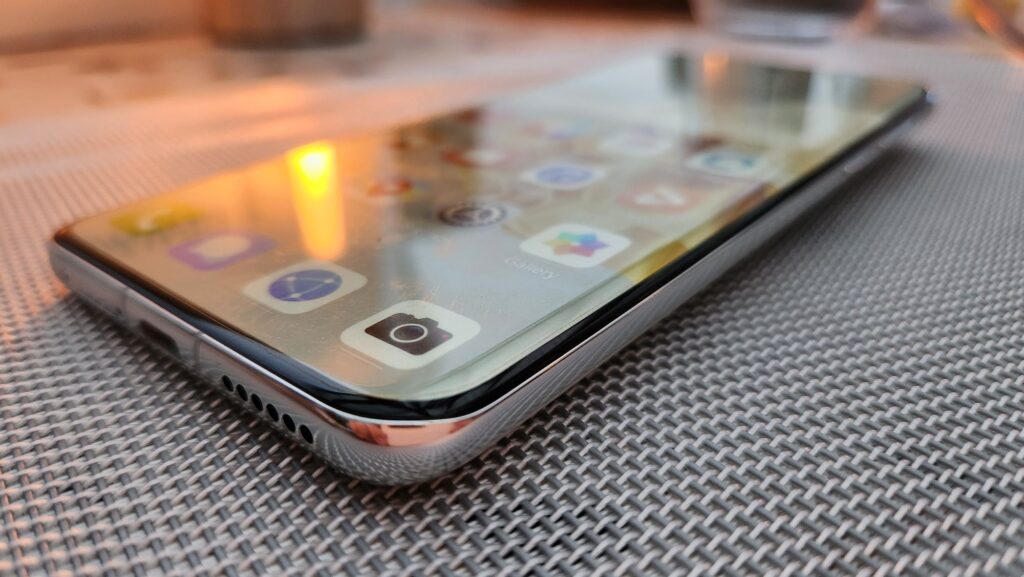
In terms of hardware, our Huawei P60 Pro review sample in Rococo Pearl came with the following specifications which are indicative of units sold in Malaysia. At present, only one 256GB storage and 8GB RAM configuration is available for sale with two colourways which include the aforementioned pearlescent finish and a shade of black though a 12GB RAM/512GB variant does exist for certain regions.
| Price | TBA (8GB RAM/256GB at CNY¥6,988 which is about RM4,491) |
| Display | 6.67-inch Quad-Curved LTPO OLED, 2,700 x 1,220 pixels, 120Hz refresh rate,1,440 high frequency PWM dimming, 300Hz ouch sampling rate |
| Processor | Snapdragon 8+ Gen1 |
| Memory | 8GB RAM/ 256GB storage |
| OS | EMUI 13.1 with Huawei AppGallery |
| Cameras | 48MP F/1.4-F/4.0 variable aperture + OIS + 13MP F/2.2 ultra wide angle + 48MP F/1.2 telephoto camera with 3.5x zoom + OIS [rear] / 13MP F/2.4 [front] |
| Battery | 4,815mAh / 88W Supercharge fast charging, 50W wireless charging |
| Size/Weight | 161 x 74.5 x 8.3mm / 200g |
The hardware on offer in our Huawei P60 Pro review sample is formidable though it falls short compared to the latest Snapdragon 8 Gen 2 processors in synthetic benchmarks.
While some flagship phones have more RAM and others have the addition of virtual RAM assigned off onboard storage, the P60 Pro sticks to 8GB RAM and eschews virtual RAM for aggressively efficient app and battery management via its EMUI firmware. When subjected to synthetic benchmarks, our Huawei P60 Pro review unit scored the following:
| 3D Mark Wild Life | Maxed out |
| 3D Mark Wild Life Unlimited | 11,040 |
| 3D Mark Wild Life Extreme | 2,767 |
| 3D Mark Wild Life Extreme Unlimited | 2,759 |
| Geekbench 6 Single core | 1,444 |
| Geekbench 6 Multi core | 3,836 |
| Geekbench 6 OpenCL | 5040 |
| Geekbench 6 Vulkan | 6,386 |
| PC Mark Work 3.0 | 11,620 |
| PC Mark Battery Life | 16 hours 13 mins |
It compares favourably with contemporary phones that use a similar processor though it’s understandable a step behind in benchmarks for those using the latest Snapdragon 8 Gen 2 chipsets.
In practical terms, it’s able to smoothly run without issue games like Diablo Immortal at 60fps on High settings and Call of Duty Mobile on Maximum frame rate and Very High graphic settings at an average of 60fps. While it did get somewhat warm, the phone was still wieldable.For more mundane tasks like web browsing, emails and the like, the P60 Pro ran smoothly.
Perhaps the biggest bugbear in the room for Huawei phones – the lack of Google apps – has been resolved after a fashion sometime last year via the use of a quaintly named Lighthouse app.
The P60 Pro is the beneficiary of this largesse and while it sources apps off Huawei’s own AppGallery, the provision of Lighthouse means that users are able to download and use Google’s app suite including Gmail, Google Docs, YouTube and the like without problems. This was tested extensively during the review and the aforementioned apps ran without any hiccups.
- The P60 Pro has placeholders for a number of suggested apps for installation though they can be deleted if you’re not interested
- The Huawei P60 Pro benefits from Lighthouse support and can install Google apps without issue
Another prevailing issue is that the phone, like its predecessor lacks 5G connectivity and is relegated to 4G LTE though this isn’t as much of an issue seeing as 5G rollout in Malaysia is still not widespread enough that it becomes a necessity.
The LTPO OLED display did not disappoint with excellent sharpness, great colour rendition and clarity under daylight conditions. While Huawei did not officially furnish the official peak brightness of the display in Nits, it’s more than sufficient to read even under Malaysia’s glaring noonday sun.
At night, the display was sufficiently comfortable enough to read by in bed without a nightlight on. The stereo speakers flanking the display were able to offer clear audio even at maximum volume without distortion while retaining good detail.
In terms of battery life, the Huawei P60 Pro is among the best on test with 16 hours and 13 minutes in the PCMark battery life test and easily two days of average use with a combination of data and WiFi 6 along with regular use of social media, emails, several minutes worth of voice calls and TikTok.
Charging it with the provided 88W charger and cable is a swift affair with a 50% charge accomplished in 10 minutes and a full charge in under an hour or so though this is contingent on users having both the charger and cable on their person.
Huawei P60 Pro review – Cameras
The Huawei P60 Pro has a revised camera layout compared to its predecessor dubbed the XMAGE camera system with a large primary 48MP camera taking centre stage that has an actual variable aperture mechanism with ten steps that can go from F/1.4 all the way to F/4.0 while integrating optical image stabilisation for steadier shots as well as an RYYB sensor that first saw service on the earlier P30 series and which has better low light sensitivity than many other sensors.
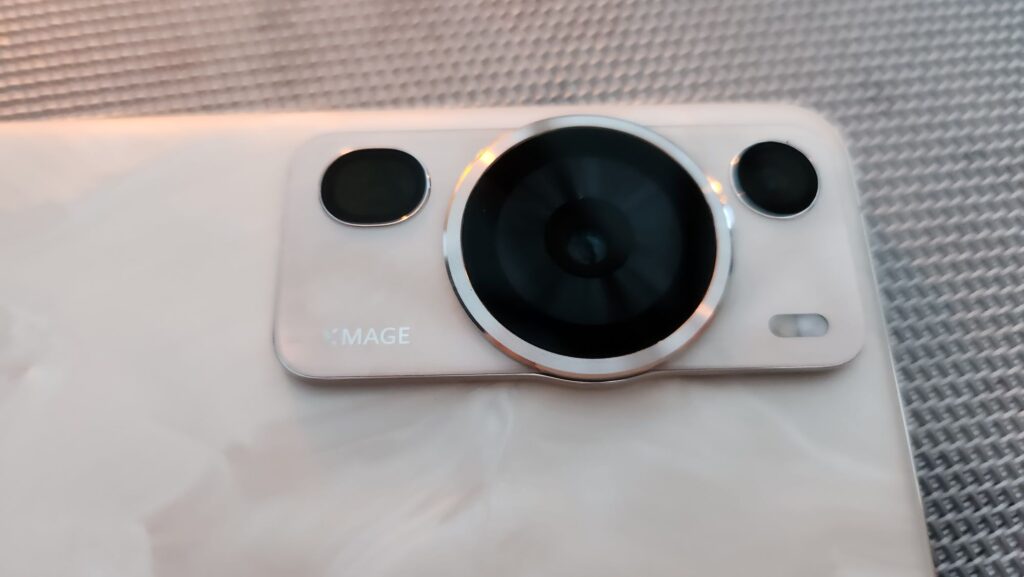
Huawei P60 Pro Review – Amusingly enough, the rear camera array has the profile of a koala
Flanking this primary camera is a 48MP telephoto camera that also has OIS like the main camera and 3.5x optical zoom and 10x hybrid zoom. Combined, the camera is able to take pixel-binned 12MP shots out to a whopping 100x zoom and capture up to 4K@60fps video. The front 13MP selfie camera is also able to capture similar 4K@60fps footage.
On top of hardware, Huawei has also refined their computational photography and they’ve developed their own XD Fusion Pro imaging system after parting ways with Leica that builds on a huge set of award winning photos culled from their Next Image photography awards in years prior to create and offer what users consider as aesthetically pleasing images across multiple subjects and light settings.
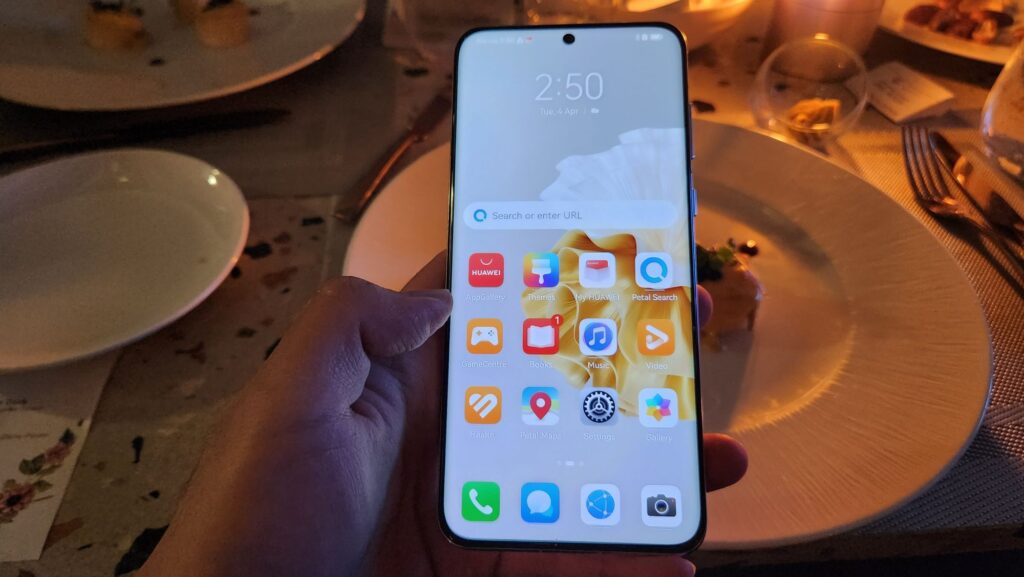
Immediate improvements including better low light videos and shots in tandem with the RYYB sensor and variable aperture. Of note is that Huawei has further improved their stabilisation and algorithms for even more stable zoom shoots at 100x out that are on par with existing flagships in the market.
Another improvement in their XD Fusion Pro engine is the inclusion of a ‘texture engine’ that helps to retain and ultimately recover lost details in images especially when zoomed up close like leaf patterns and fine lines in wood grain.
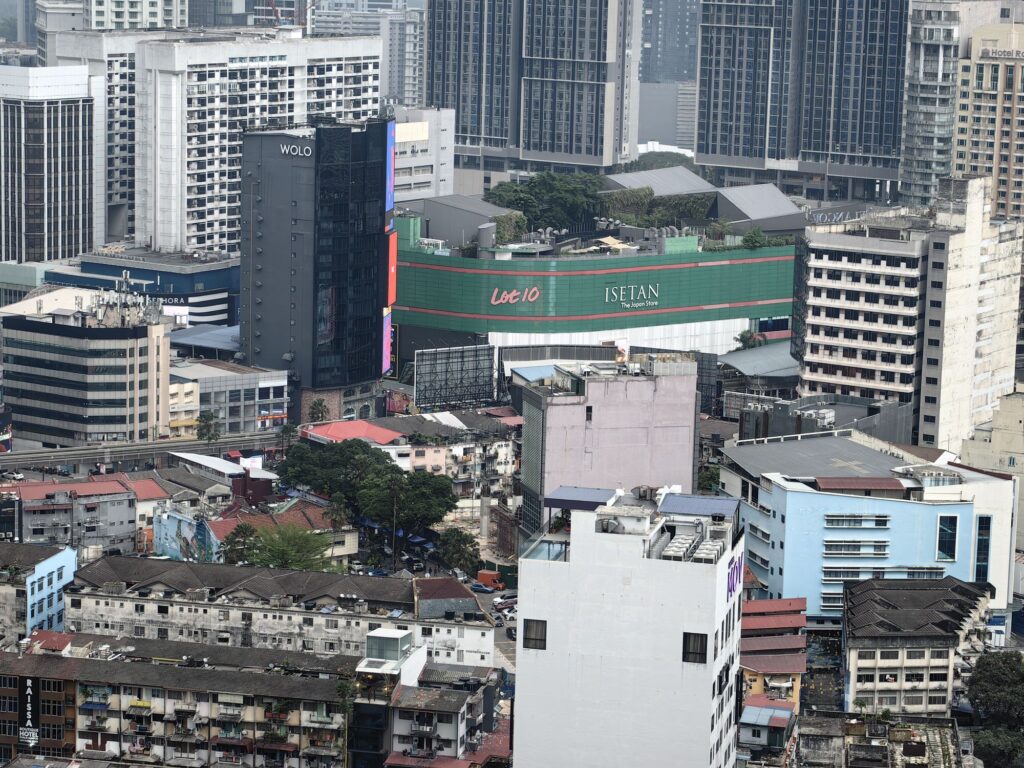
Huawei P60 Pro Review 3.5x zoom daylight

Huawei P60 Pro Review 10x zoom daylight

Huawei P60 Pro Review 100x zoom
By default, the camera is set to auto mode and the variable aperture system is controlled by the camera itself; you’ll need to go to Pro mode to manually control the aperture settings.
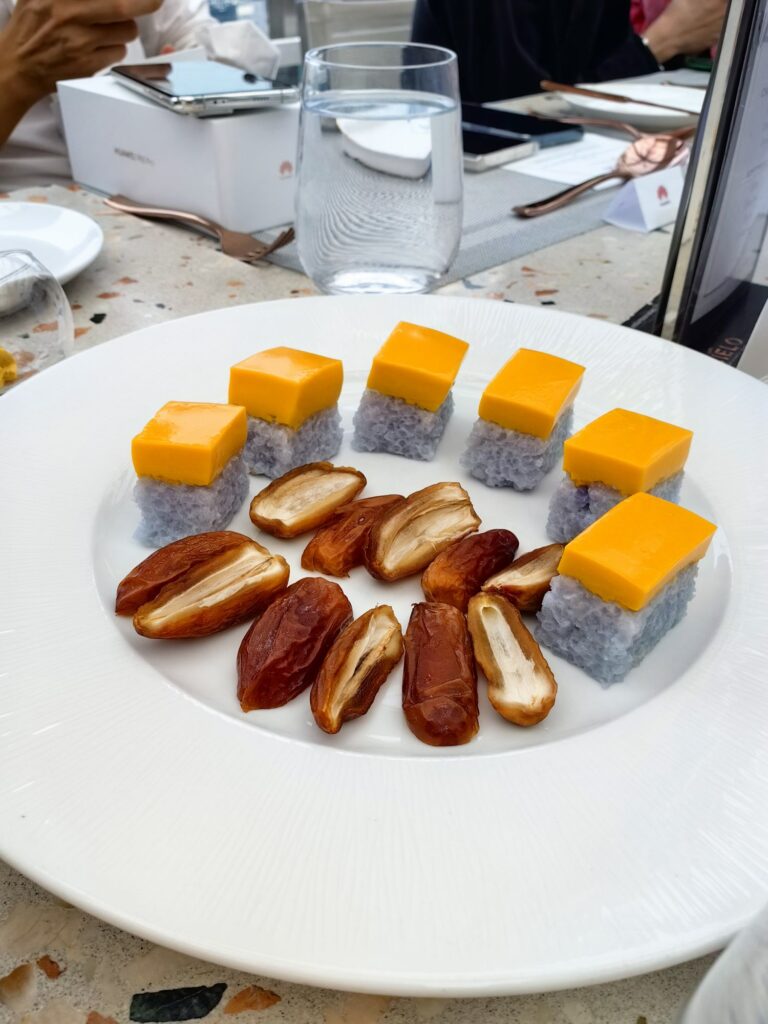
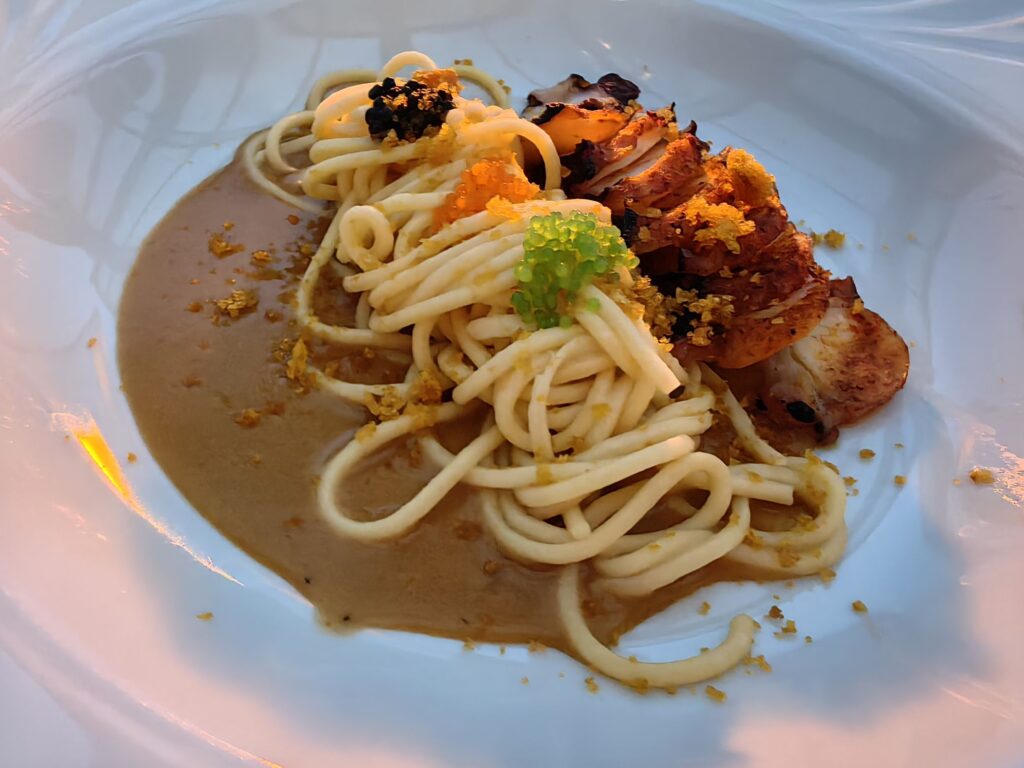
When put to the test in a variety of different scenarios, the Huawei P60 Pro’s XMAGE camera system did not disappoint and the camera was able to acquit itself in an excellent fashion across the board in multiple photography scenarios.
Shots in both daylight and dim light deliver good dynamic range, detail and colours while retaining a good amount of shadows. Admittedly, shots out to 100x zoom aren’t stellar especially in low light scenarios but that’s also to be said for other flagship phones with equivalent hardware as well due to the current limits of technology.
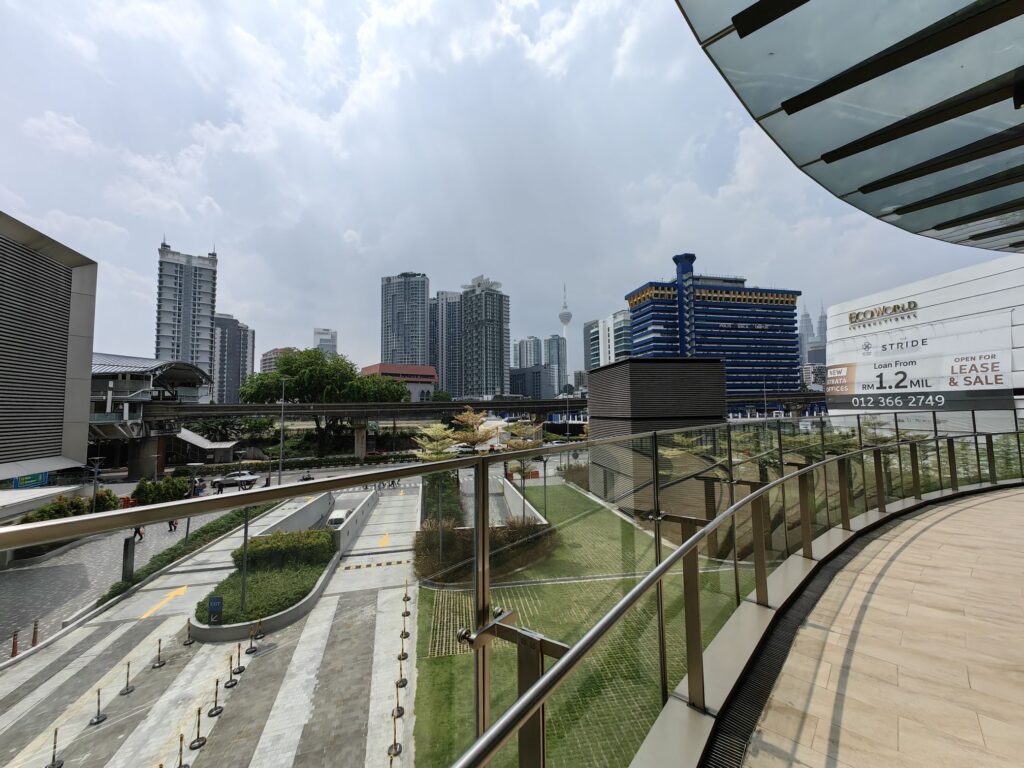
Huawei P60 Pro Review – Ultrawide angle at the Lalaport mall landing with KL Tower just on the horizon

Huawei P60 Pro Review – KL Tower parapet vieweable with 100x zoom
Of note with our Huawei P60 Pro review sample was just how stable the hybrid and digital zoom was all the way out to 100x zoom as we tested it at one of the tallest buildings in Kuala Lumpur where it was able to steadily zoom and get shots of the TRX building on the skyline without the characteristic judder befalling cheaper or earlier generation smartphones with that level of zoom. Even at maximum zoom, the camera was able to capture a crisp snap of the Isetan logo emblazoned on the side of the Sogo building that’s a kilometre or two away.

Huawei P60 Pro Review – Ultrawide angle in low light
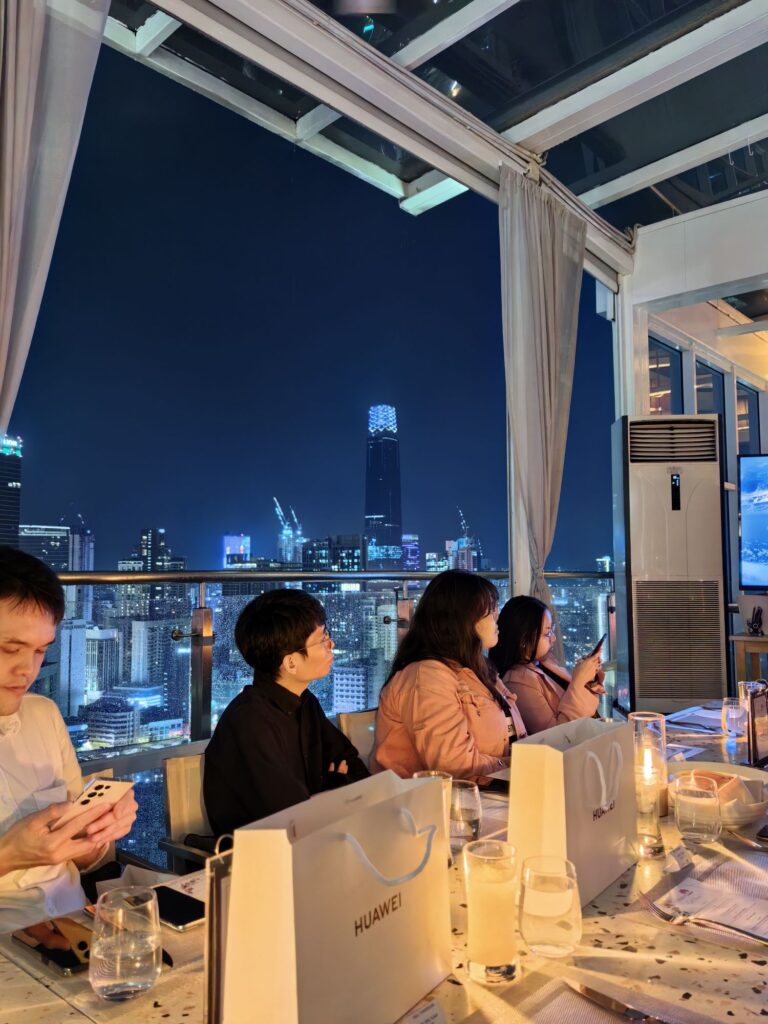
Huawei P60 Pro Review – Primary 1x in low light
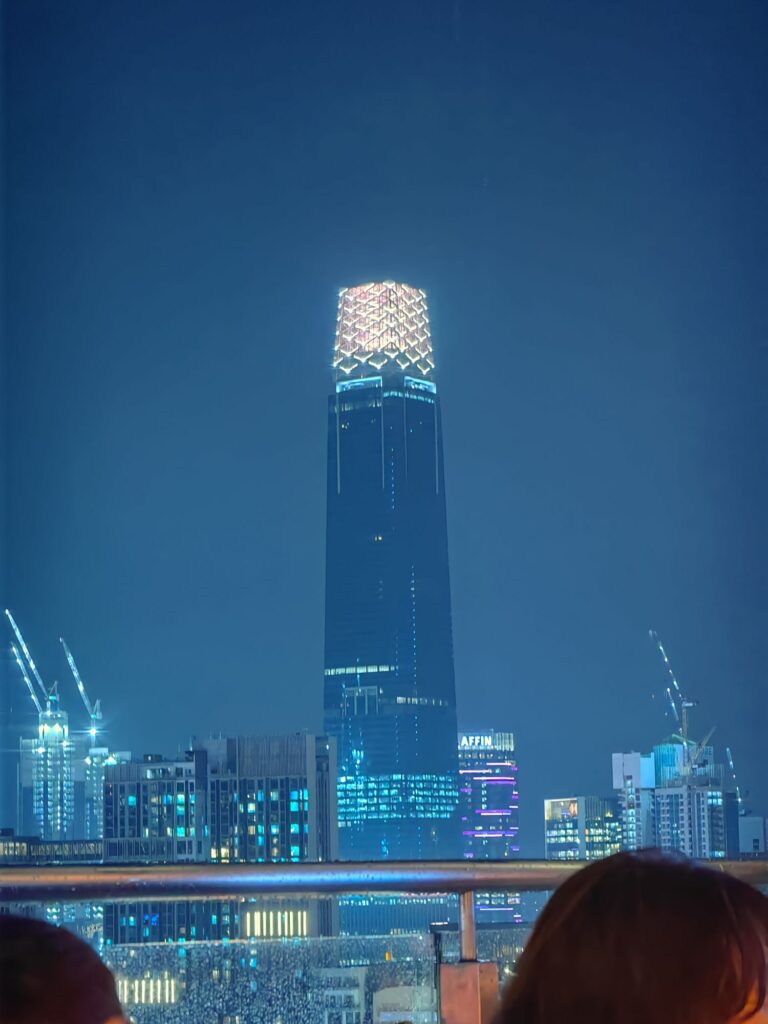
Huawei P60 Pro Review – 3.5x zoom in low light

Huawei P60 Pro Review – 10x zoom in low light

Huawei P60 Pro Review – 100x zoom in low light
The Huawei P60 Pro is easily capable of capturing 4K@60fps video on both its front and rear camera setups though this isn’t stabilised whereas dialling it down to 1080p@60fps allows for OIS to kick in for judder free video. With a steady hand, 4K video offers excellent colour rendition and crisp detail though usage on the move would require a gimbal. Fortunately, 1080p video proved to be smooth enough that it isn’t required.
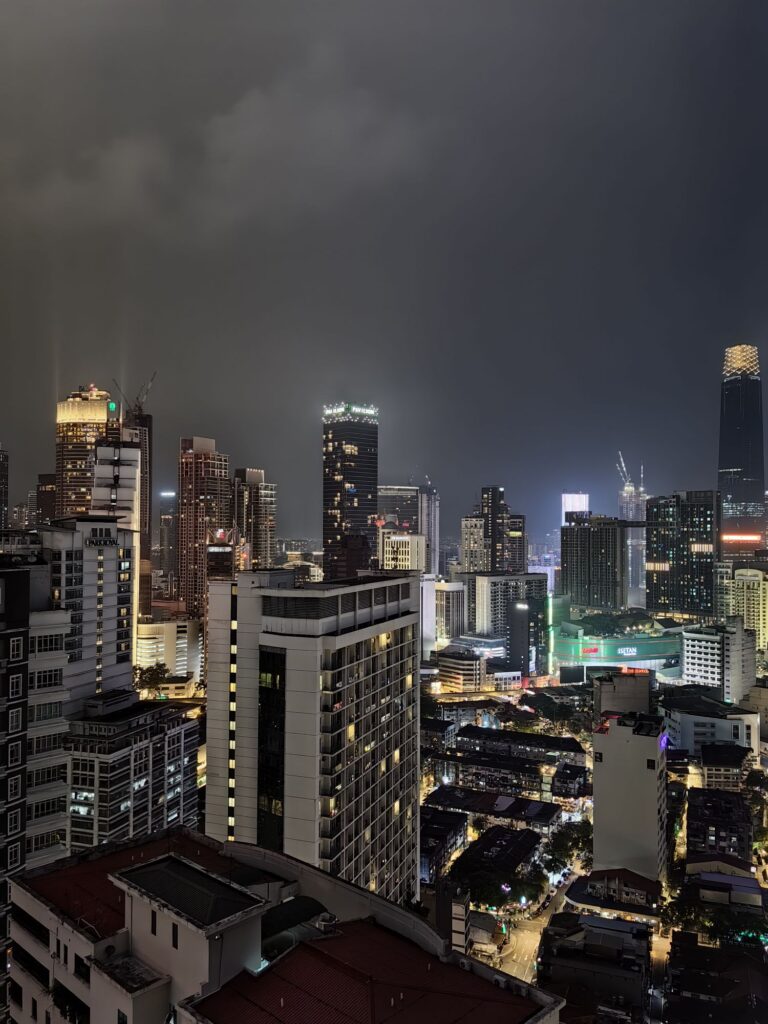
Huawei P60 Pro Review – primary in low light
Where it truly gains a decisive edge is its variable aperture system that allows a content creator worth their salt to create even more authentic bokeh rather than the artificial methods that use image segmentation to mimic the effect. To date, the P60 Pro remains one of the few smartphones that actually have a physical variable aperture system.
Overall, the P60 Pro’s solid array of cameras and variable aperture system reaches its full potential in the hands of a skilled photographer but even in auto mode, it’s easily capable of covering almost every photo and video scenario required of mainstream users.
Should you buy the Huawei P60 Pro?
The Huawei P60 Pro has a set of unique strengths that set it apart from the pack. Its Rococo Pearl colourway is arguably the most premium finish available in the market and its rear Xmage triple camera system able to go toe to toe with other flagships especially in low light scenarios.
The inclusion of an actual variable aperture system on its rear cameras in such a compact form factor lends it greater utility especially for content creators. It also features superb battery life and an excellent display. While it does feature Google app support after a fashion, the P60 Pro doesn’t use the latest CPU nor does it have 5G though this does not impact its day to day performance which is still ahead of the curve.

Ahead of its Malaysia launch, it’s hard to gauge its value for money as a price hasn’t been set just yet though if you’re looking for a camera oriented flagship phone, this dark horse is well worth a look when it arrives on our shores.
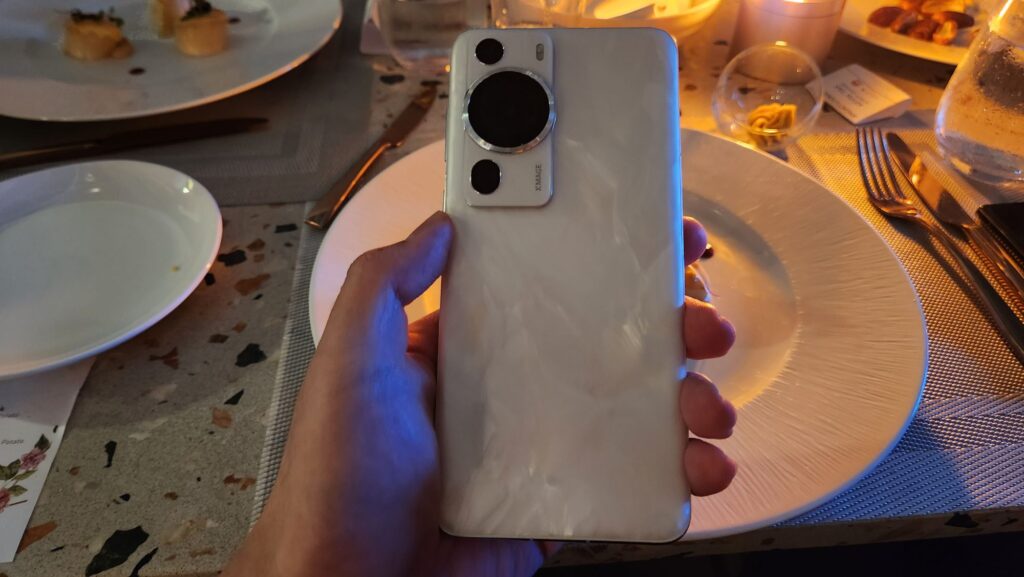
Huawei P60 Pro review sample courtesy of Huawei Malaysia. For more details please visit https://consumer.huawei.com/my/campaign/p60-preview/
Huawei P60 Pro
-
Display
-
Performance
-
Cameras
-
Battery Life
-
Value
Huawei P60 Pro
The Huawei P60 Pro builds on the strengths of its predecessor with excellent camera performance, good battery life and otherwise solid performance with the possibility of Google apps support via the Lighthouse app though it also features the same shortcomings, namely the lack of 5G connectivity.
Pros
Has Google apps support via Lighthouse
Excellent LTPO OLED display
Attractive pearlescent finish with IP68
Superb rear camera performance
Good battery life
Cons
No 5G connectivity
Uses an SD8+ Gen 1 processor

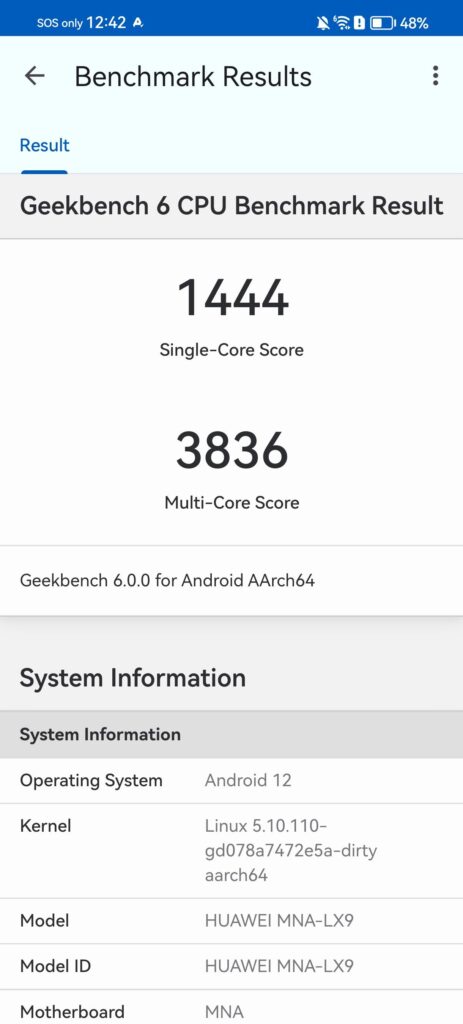
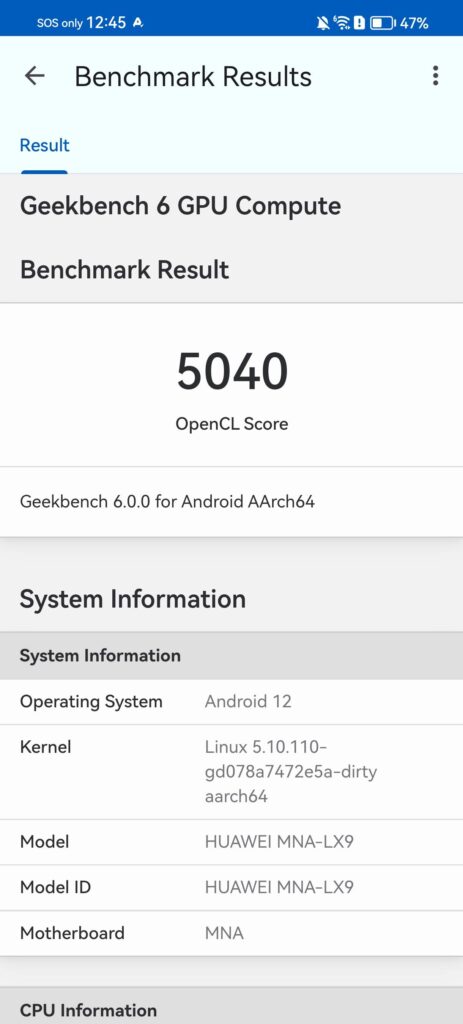
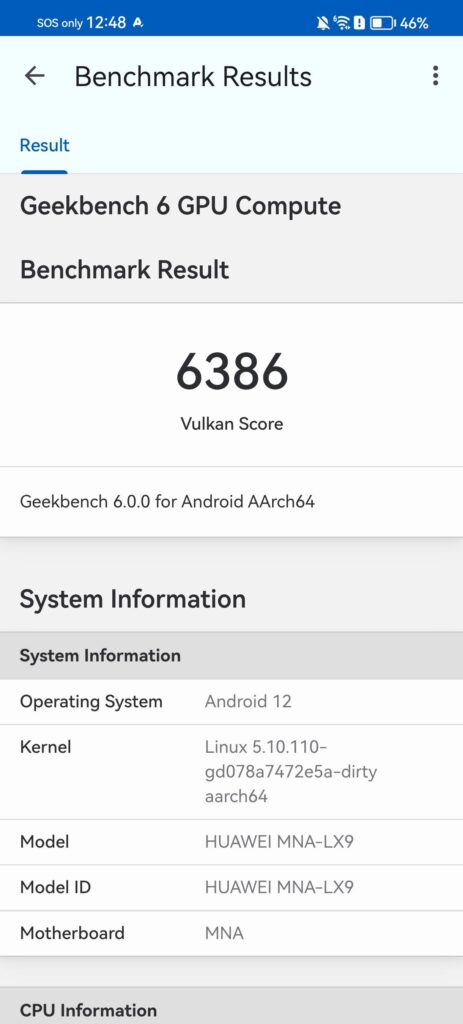
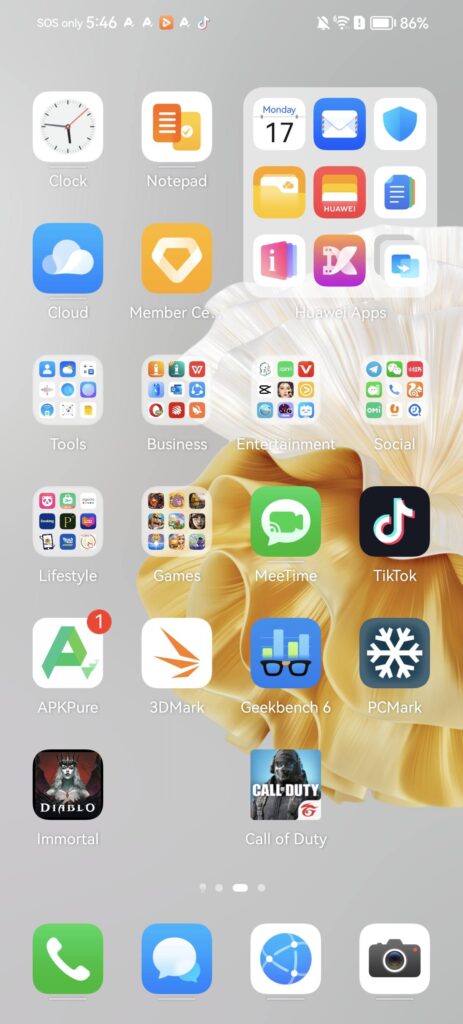
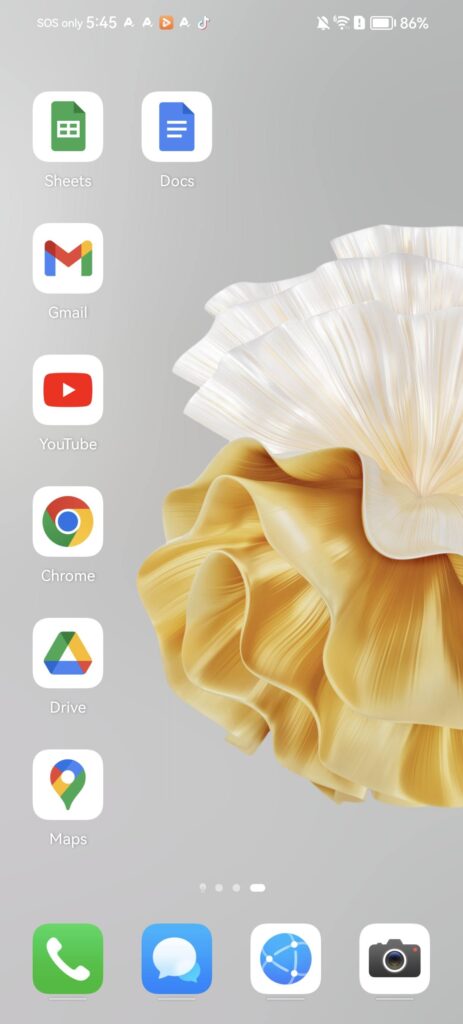

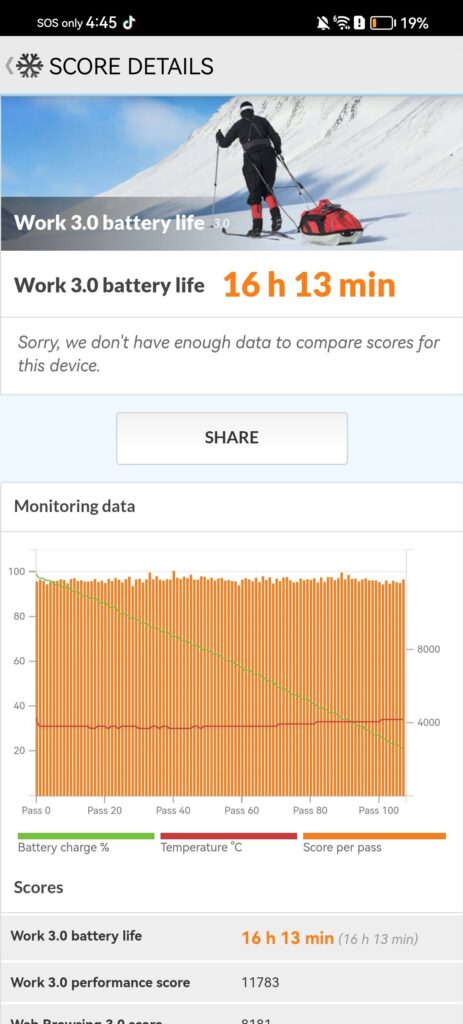

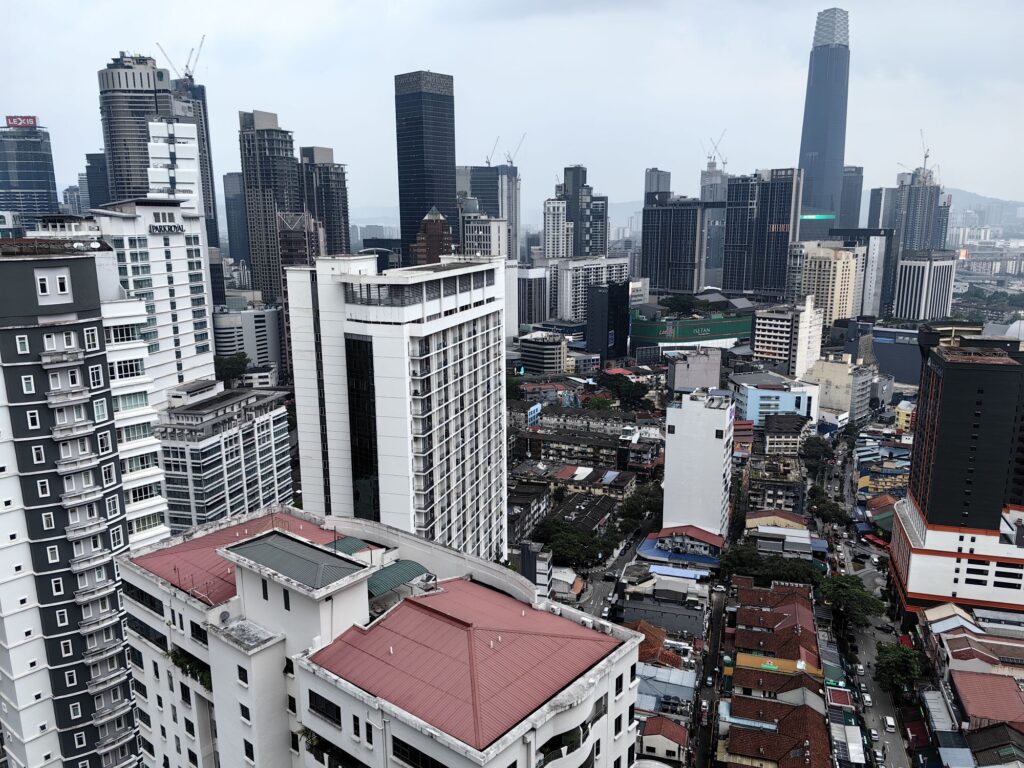
0 Comments